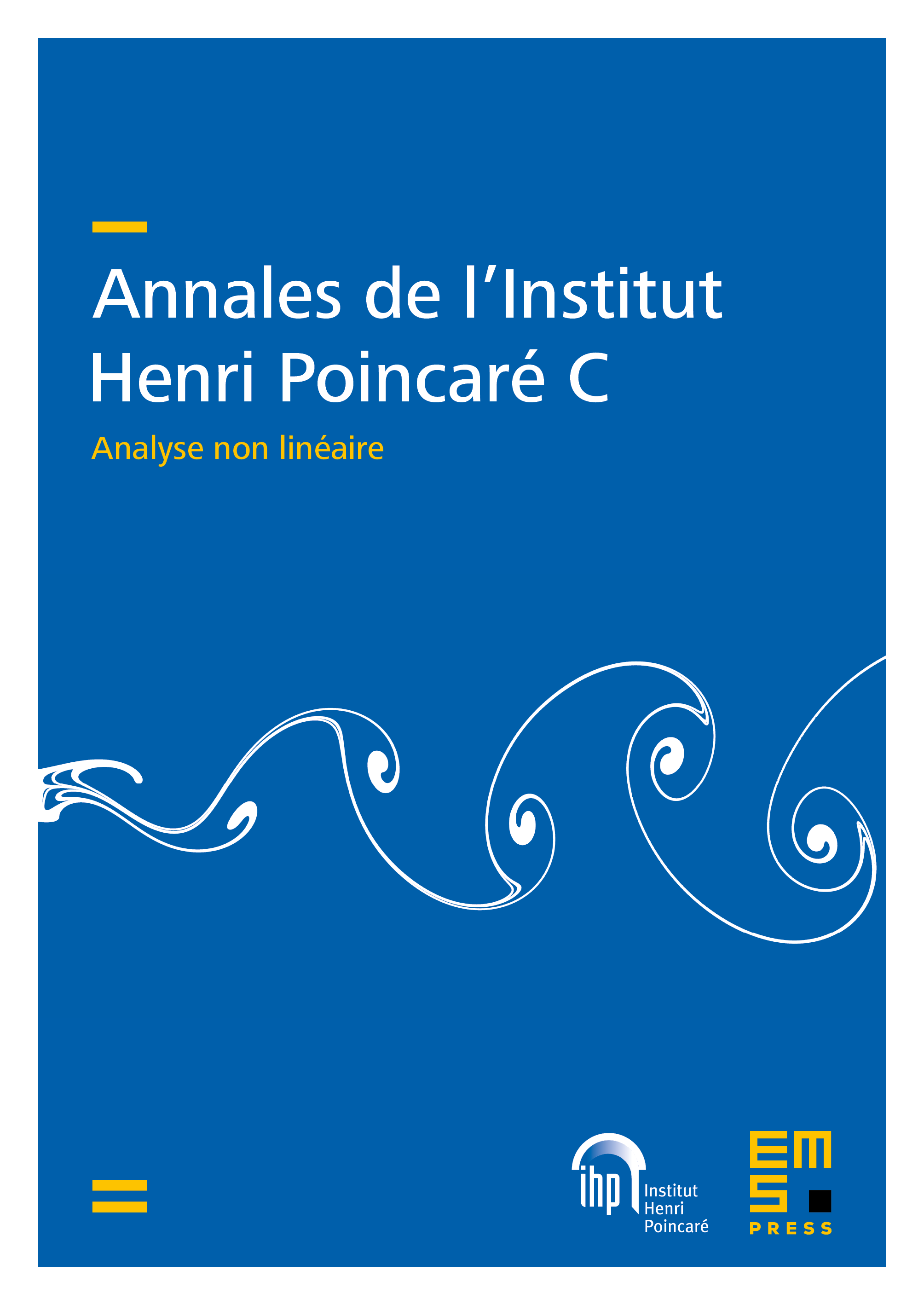Vanishing viscosity limit of the three-dimensional barotropic compressible Navier–Stokes equations with degenerate viscosities and far-field vacuum
Geng Chen
University of Kansas, Lawrence, USAGui-Qiang G. Chen
University of Oxford, UKShengguo Zhu
Shanghai Jiao Tong University, China

Abstract
We are concerned with the inviscid limit of the Navier–Stokes equations to the Euler equations for barotropic compressible fluids in . When the viscosity coefficients obey a lower power law of the density (i.e., with ), we identify a quasi-symmetric hyperbolic–singular elliptic coupled structure of the Navier–Stokes equations to control the behavior of the velocity of the fluids near a vacuum. Then this structure is employed to prove that there exists a unique regular solution to the corresponding Cauchy problem with arbitrarily large initial data and far-field vacuum, whose life span is uniformly positive in the vanishing viscosity limit. Some uniform estimates on both the local sound speed and the velocity in with respect to the viscosity coefficients are also obtained, which lead to the strong convergence of the regular solutions of the Navier–Stokes equations with finite mass and energy to the corresponding regular solutions of the Euler equations in for any . As a consequence, we show that, for both viscous and inviscid flows, it is impossible that the norm of any global regular solution with vacuum decays to zero asymptotically, as tends to infinity. Our framework developed here is applicable to the same problem for other physical dimensions via some minor modifications.
Cite this article
Geng Chen, Gui-Qiang G. Chen, Shengguo Zhu, Vanishing viscosity limit of the three-dimensional barotropic compressible Navier–Stokes equations with degenerate viscosities and far-field vacuum. Ann. Inst. H. Poincaré Anal. Non Linéaire 39 (2022), no. 1, pp. 121–170
DOI 10.4171/AIHPC/4